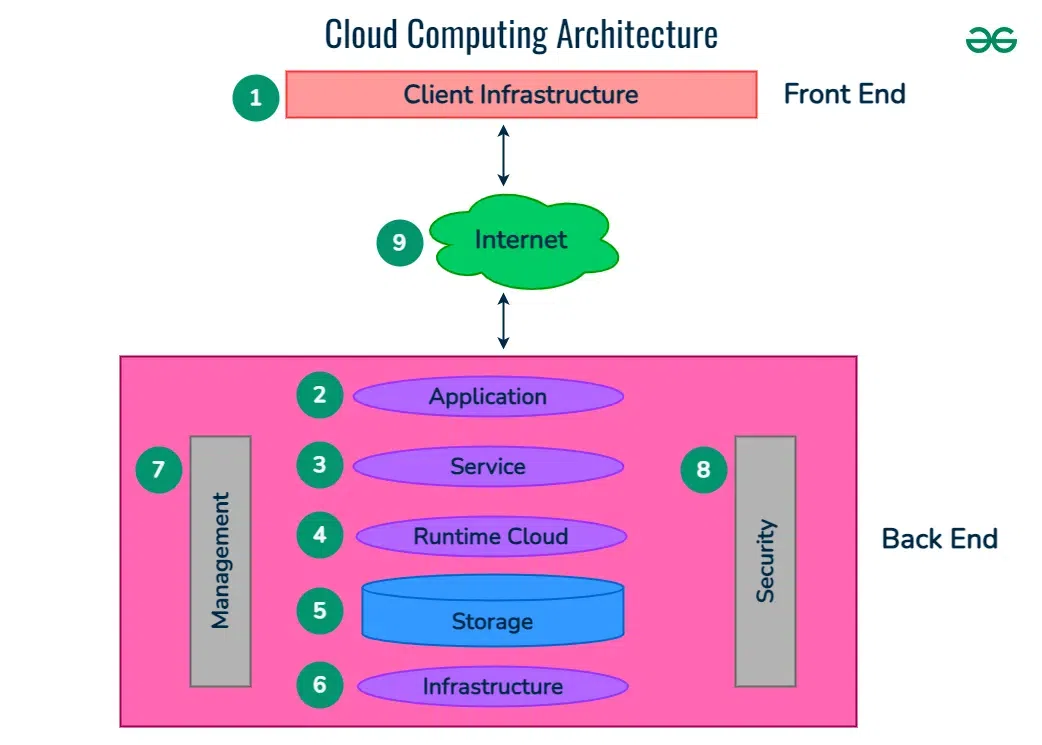Increase Your Online Visibility with LinkDaddy Cloud Services: Reliable Strategies for Cloud Services Press Release
Increase Your Online Visibility with LinkDaddy Cloud Services: Reliable Strategies for Cloud Services Press Release
Blog Article
Simplify Your Framework With Cloud Services
As organizations browse the ever-evolving landscape of modern technology and information management, the function of cloud services in streamlining facilities has ended up being increasingly popular. Exactly how can companies successfully navigate this transition and genuinely unlock the potential of cloud services for simplifying their facilities?
Advantages of Cloud Solutions
Cloud services provide a structured technique to managing IT facilities, supplying companies with flexibility, scalability, and cost-efficiency. One of the key advantages of cloud services is the scalability they offer.
Furthermore, cloud services remove the demand for businesses to purchase pricey equipment and software program. This cost-efficiency is a significant advantage, specifically for small to medium-sized enterprises looking to reduce upfront costs. By using cloud services, services can access high-quality IT resources without the hefty rate tag linked with conventional framework configurations.
Moreover, cloud solutions provide services with the versatility to access their data and applications from anywhere with an internet connection. This degree of accessibility improves partnership among teams, enables remote job, and enhances overall performance. The flexibility supplied by cloud solutions empowers organizations to adapt quickly to transforming market problems and consumer needs.
Cost Savings and Scalability
In addition to the operational benefits highlighted earlier, the combination of cloud services into a company's infrastructure generates substantial cost financial savings and improved scalability. Cloud services offer a pay-as-you-go version, allowing businesses to scale sources up or down based on current demands, thus preventing the costs associated with preserving excess capacity. This versatility allows firms to adapt rapidly to changing needs without sustaining unneeded expenses.
In addition, cloud solutions eliminate the demand for in advance investments in software and hardware, reducing funding expenses. Operating costs are additionally decreased as companies no more need to take care of and preserve physical web servers, causing reduced energy intake and IT staffing expenses. In addition, cloud services provide automated updates and upkeep, making sure that the infrastructure remains protected and updated without needing hand-operated treatments.
Improved Security Actions
When integrating cloud services into a company's infrastructure to ensure and guard delicate information conformity with sector guidelines,Carrying out rigid safety and security actions is critical. Cloud company use improved security functions such as data security, firewall security, and multi-factor verification to alleviate cybersecurity dangers. Encryption helps secure data both at rest and in transportation, guaranteeing that only authorized customers can access sensitive info. Firewalls act as an obstacle between exterior dangers and interior networks, monitoring and managing inbound and outbound network web traffic. Multi-factor authentication adds an extra layer of protection by requiring users to give multiple kinds of confirmation before accessing the cloud services. home
In addition, regular protection audits and conformity evaluations assist identify susceptabilities and guarantee adherence to market standards. Companies can also gain from features like automatic safety updates and real-time danger tracking supplied by cloud company. By focusing on security steps and remaining proactive in dealing with prospective dangers, companies can confidently leverage cloud solutions while securing their valuable data from unapproved access or violations.
Transitioning to Cloud Framework
To effectively integrate cloud solutions right into a business's infrastructure, a structured strategy that resolves the change towards cloud-based options is crucial. Transitioning to shadow framework entails careful preparation and execution to ensure a smooth migration process. The initial step is to analyze the current infrastructure and identify which systems and applications appropriate for movement to the cloud. This evaluation should think about elements such as information level of sensitivity, conformity demands, and efficiency demands.
As soon as the assessment is full, a movement technique ought to be developed. This strategy ought to describe the timeline, sources, and obligations for moving each component to the cloud. It is important to communicate this strategy clearly to all stakeholders to guarantee positioning and lessen disruptions during the shift.
During the migration monitoring, procedure and testing are important to recognize and resolve any problems quickly. Normal checkpoints ought to be developed to track progress and make required changes. Furthermore, training for staff members on using cloud solutions ought to be supplied to guarantee a successful shift and optimize the benefits of the new framework.
Finest Practices for Cloud Fostering
Successful fostering of cloud services depends upon the calculated placement of organization objectives with technical abilities and business readiness. To ensure a smooth change to the cloud, companies must start by performing a detailed evaluation of their existing infrastructure and identifying which work are best fit for cloud movement. It is crucial to include vital stakeholders from different departments in the decision-making process to get buy-in and address any kind of issues at an early stage.
One more ideal method for cloud adoption is to focus on safety and compliance. Organizations must very carefully assess the security procedures offered by cloud solution providers and make sure that their information is protected according to sector requirements and regulative demands. Applying durable information file encryption, access controls, and normal safety and security audits can help minimize threats connected with cloud fostering.
Final Thought

As businesses browse the ever-evolving landscape of innovation and data monitoring, the duty of cloud services in streamlining infrastructure has become increasingly prominent - universal cloud Service. How can organizations efficiently browse this transition and genuinely unlock the capacity of cloud services for simplifying their facilities?
Cloud solutions provide a structured approach to managing IT facilities, offering organizations with adaptability, scalability, and cost-efficiency. By using cloud solutions, services can access high-quality IT resources without the significant price tag linked with conventional facilities configurations.
To guarantee a smooth transition to the cloud, organizations ought to start by conducting an extensive assessment of their present infrastructure and identifying which workloads are best fit for cloud movement.
Report this page